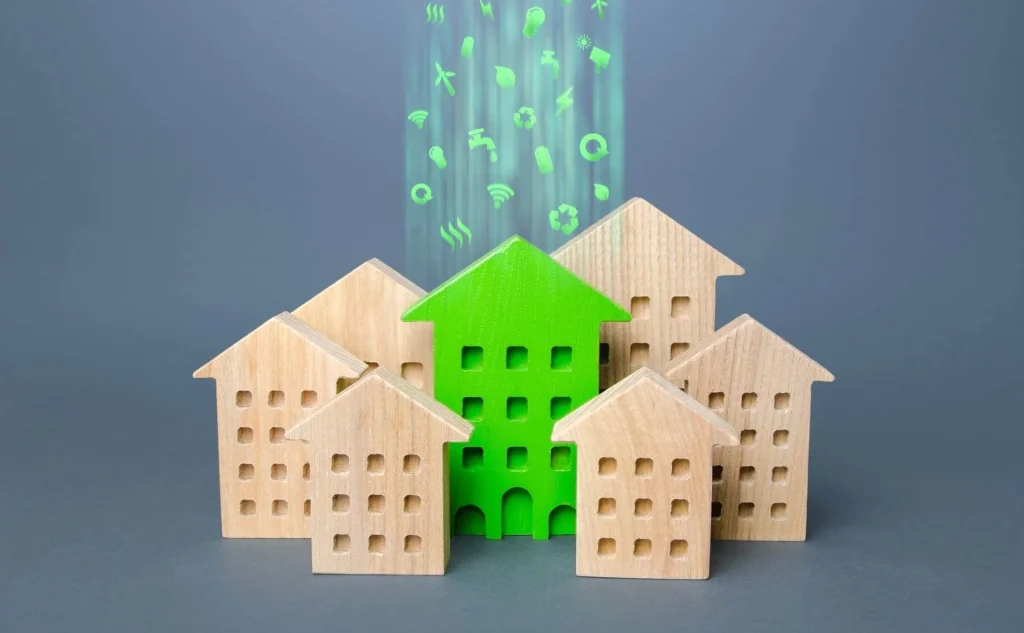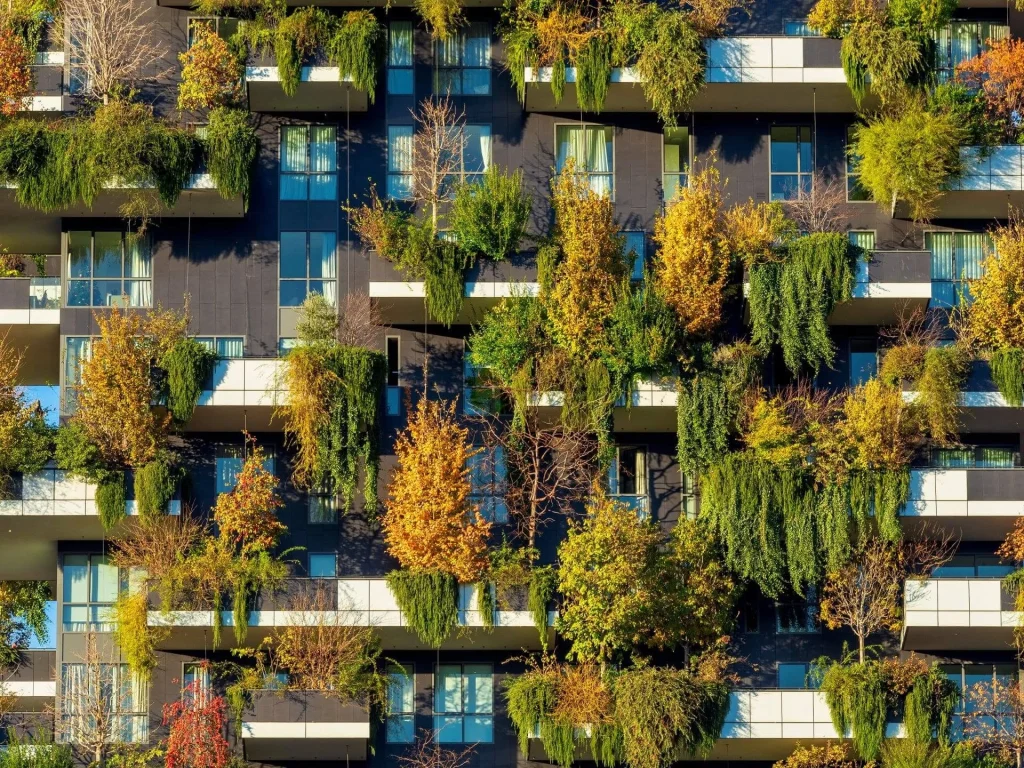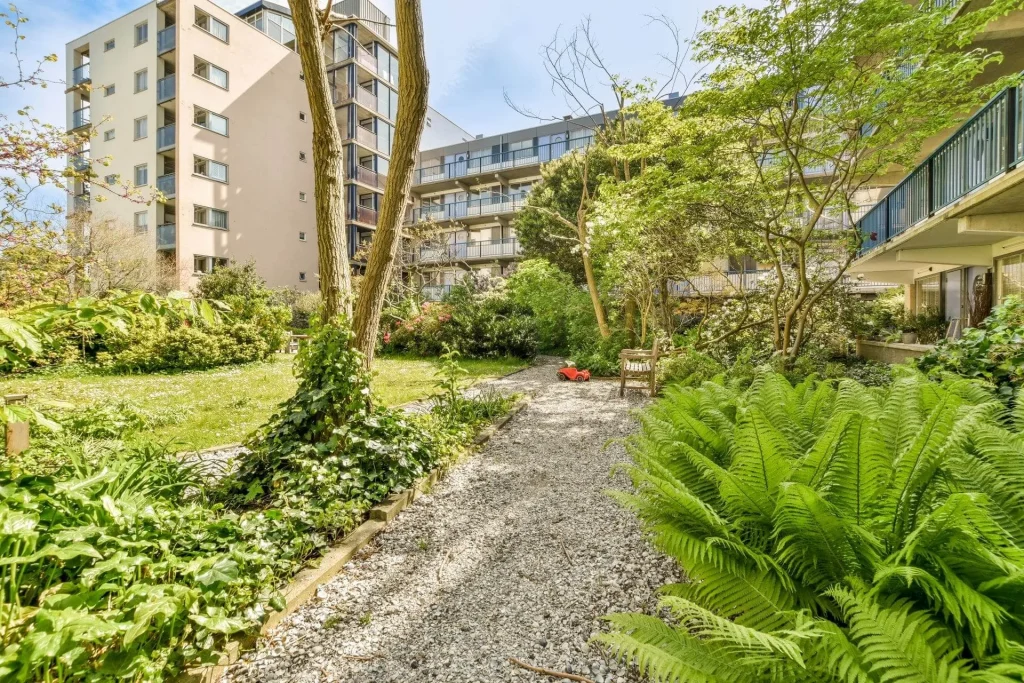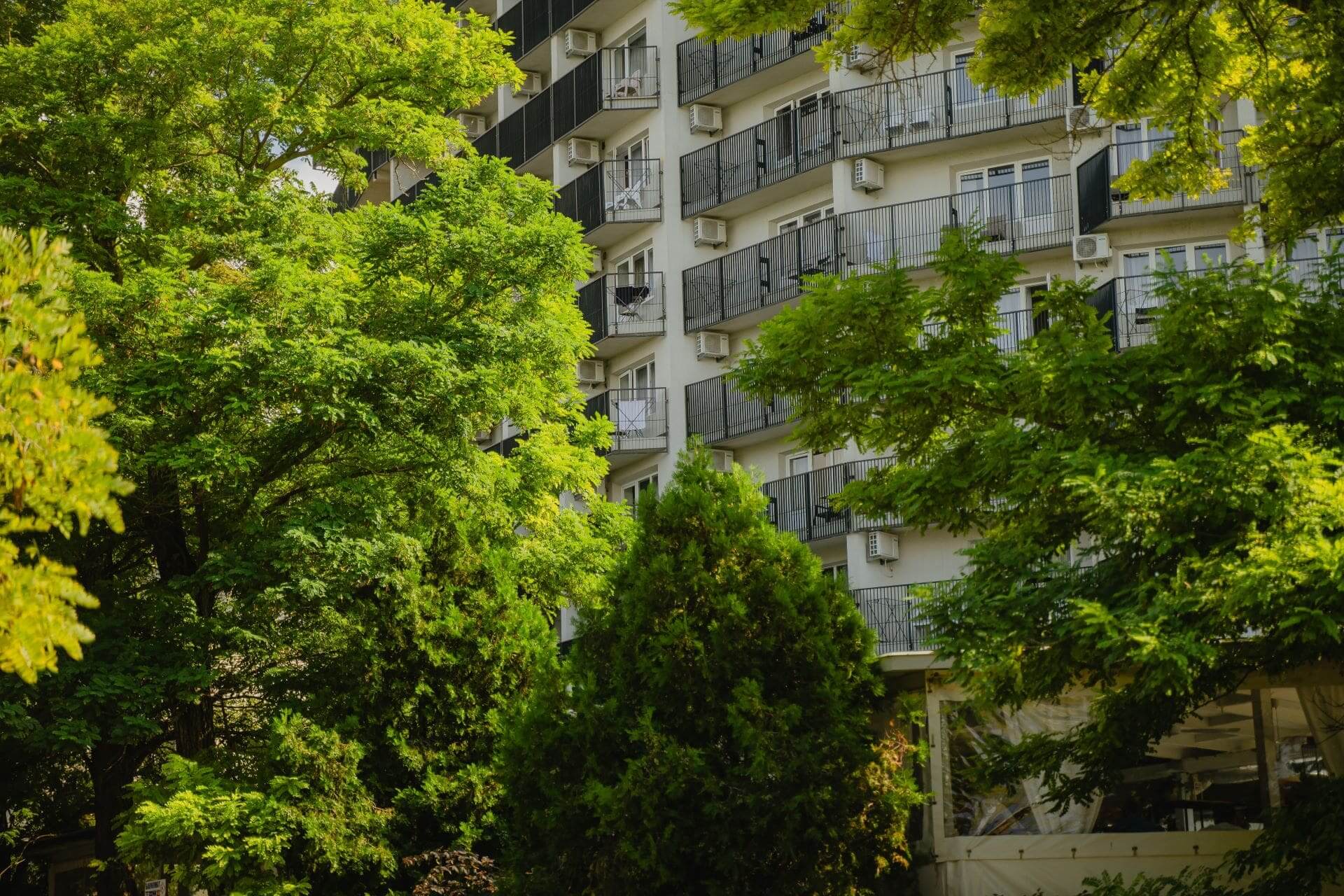As technology continues to advance at an unprecedented speed, so too must the real estate industry adapt to these rapid changes in order to thrive in the future. With climate change and its impact on the environment and everyday life being one of the biggest dilemmas of the 21st century, green buildings must become the norm for the sake of a better tomorrow.
As stated by Colliers in their article on the topic of smarter and greener buildings, the practice of adopting eco-friendly design and construction among several businesses throughout the world, particularly in the Philippines, has led to benefits for both their balance sheet and community. In comparison to older models, it has been noted that there are many exclusive advantages that can be found in sustainable buildings. There is merit to the philosophy of environmentally friendly architecture, not only in terms of its practical aspects but in the long-term effects it would have on human health and the environment as well.
To those who are curious about the importance of sustainable buildings for the present and the future of the world, below are the three best reasons for embracing such structures.

A Sustainable Building is More Efficient in Terms of Energy Consumption and Resource Management
A defining edge that a green building has over its non-eco-friendly counterpart is that it is designed to be more economical with the amount of energy and natural resources that it utilizes. Sustainable buildings achieve this through the implementation of technologies that either harness renewable energy or reduce their overall carbon footprint.
An example of a relatively simple yet effective green technology that is associated with eco-friendly buildings is green walls: vertical gardens that are not only pleasing to the eyes, but also assist in both maintaining the air quality and interior temperature of a building. With water scarcity becoming a growing issue due to the influence of climate change, many companies have made an effort to reduce the consumption of water through the implementation of rainwater harvesting systems which aid in not just saving water, but also in cutting down on expenses. There have also been multiple businesses that have additionally included the use of state-of-the-art devices in their everyday operations that are purpose-built to maximize energy efficiency and longevity as well, contributing to their ability to remain sustainable for years to come.
As natural resources continue to gradually decline due to the growing needs of humanity, it is necessary for the world to be less wasteful and ingenious with their usage of such limited materials, especially in the case of the real estate industry.

Green Buildings Have a Longer Life Cycle and Require Less Maintenance
One of the key characteristics that distinguish eco-friendly buildings in the real estate market is their comparatively longer lifespan and ease of maintenance. Through being built via a combination of eco-friendly/resilient building materials and sustainable construction techniques, a green building is more likely to stand the test of time with minimal environmental impact.
The usage of reusable or sustainable building materials to make green buildings is not only more inexpensive but also helps in lowering the amount of natural resources that are regularly extracted from the environment. Given the huge amount of waste products throughout the world that have the potential to be recycled, it only makes sense to utilize these resources as a means of not only creating additional infrastructure at a reduced cost but also cutting down on the amount of excess garbage present everywhere. On the other hand of the spectrum, the use of more expensive yet resilient materials that are derived from the recent advancements in material engineering are also associated with the identity of sustainable buildings, since these would help to reduce the expenses that would be needed to maintain them.
With one of the primary issues that plague the 21st century is society’s rampant use of materials and the irresponsible management of waste products, the additional construction of environmentally-friendly buildings can aid in mitigating and gradually solving this dilemma.

Eco-Friendly Buildings Are Beneficial for Human Health
Given the earlier references to the benefits of converting to sustainable buildings above, the main contribution of adopting eco-friendly buildings is of course their ability to reduce the amount of damage that humanity does to the environment. Another boon that these structures also provide is a greater improvement in the quality of life for both the people within the building and outside of it.
From a short-term perspective, green buildings that possess indoor plants are excellent for the health of their occupants since they promote better air quality and help lessen mental stress through daily exposure to nature. The smaller usage of essential resources by sustainable buildings means that the supply of such assets can be instead distributed to other places throughout a community, which can improve human health and boost the productivity of other important industries. On a wider scale, the long-term environmental impact of adopting sustainable buildings around the world would result in a greater step into achieving a better state for humanity as a whole, as doing so would contribute to lengthening our time on Earth.
Given the far-reaching consequences of the resource consumption of real estate to not only the environment but to people as well, taking the necessary measures to mitigate these said effects throughout the many cities in the world is essential for attaining.
In conclusion, there are numerous reasons as to why sustainable buildings are important not only for the future but in the present as well. Green buildings are the key to better resource management, they would require less in terms of maintenance cost and are helpful in the long-term for the well-being of both nearby and distant communities.
For those who are looking to partake in the green real estate industry by owning a smart piece of property in Tagaytay, look no further than Crown Asia‘s future condominium complex: Pinevale.
Featuring over five 7-storey buildings with a total of 595 units spread across them, the Danish-themed Pinevale is the first-ever smart-home condominium in Tagaytay City. Among the latest smart technology incorporated into each suite of Pinevale include smart sockets, smart locks, and smart repeaters. In terms of accessibility and convenience, Pinevale is situated in proximity to the Emilio Aguinaldo Highway, and it is also close to the many famous landmarks of Tagaytay such as the People’s Park in the Sky, Tagaytay Picnic Grove, and the iconic Taal Lake.
When looking for an upscale property down South that is not only of the highest quality but also utilizes green tech, consider investing in a unit in Pinevale today.
Read more: Green Buildings, A New Trend Arising in the Real Estate Industry


